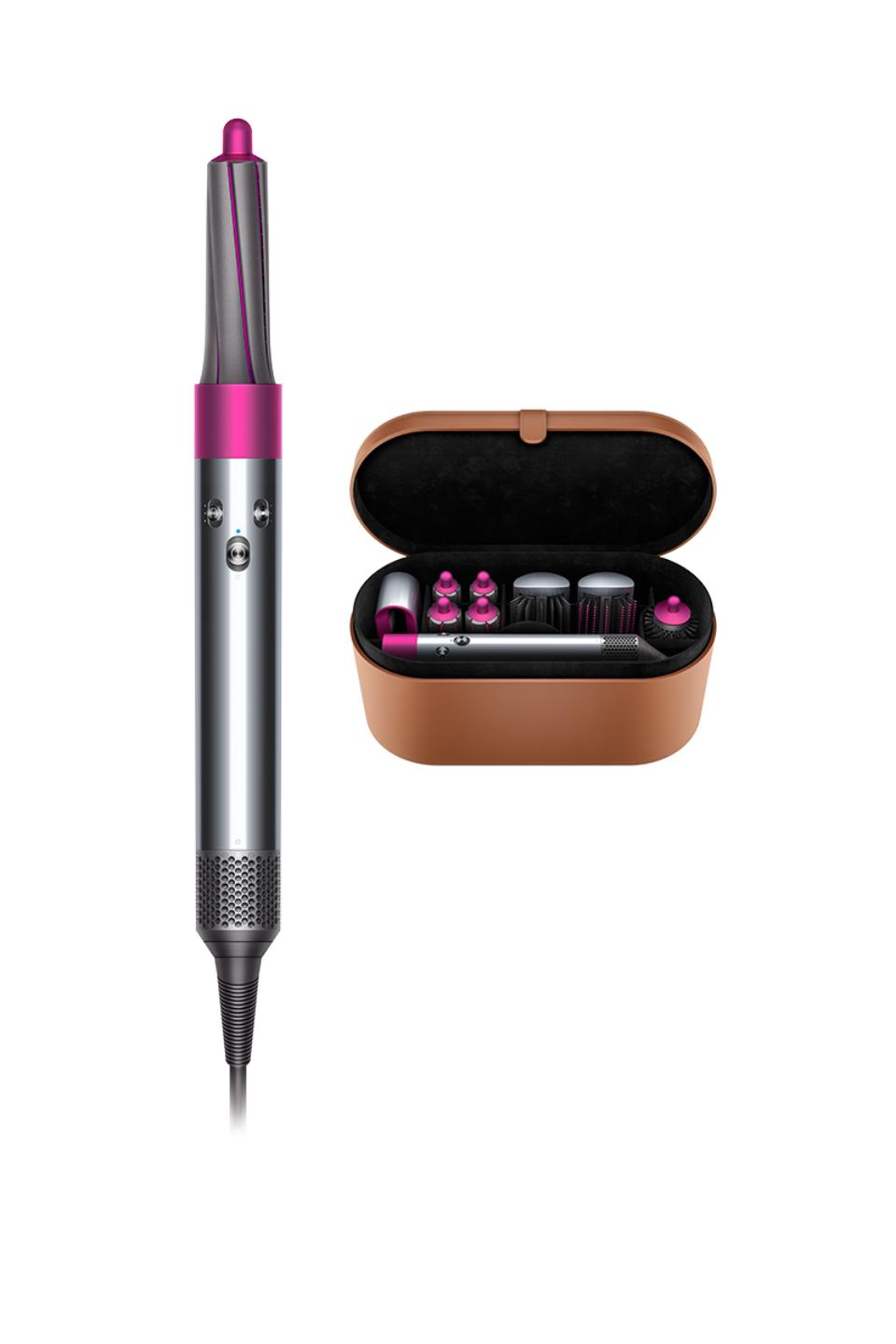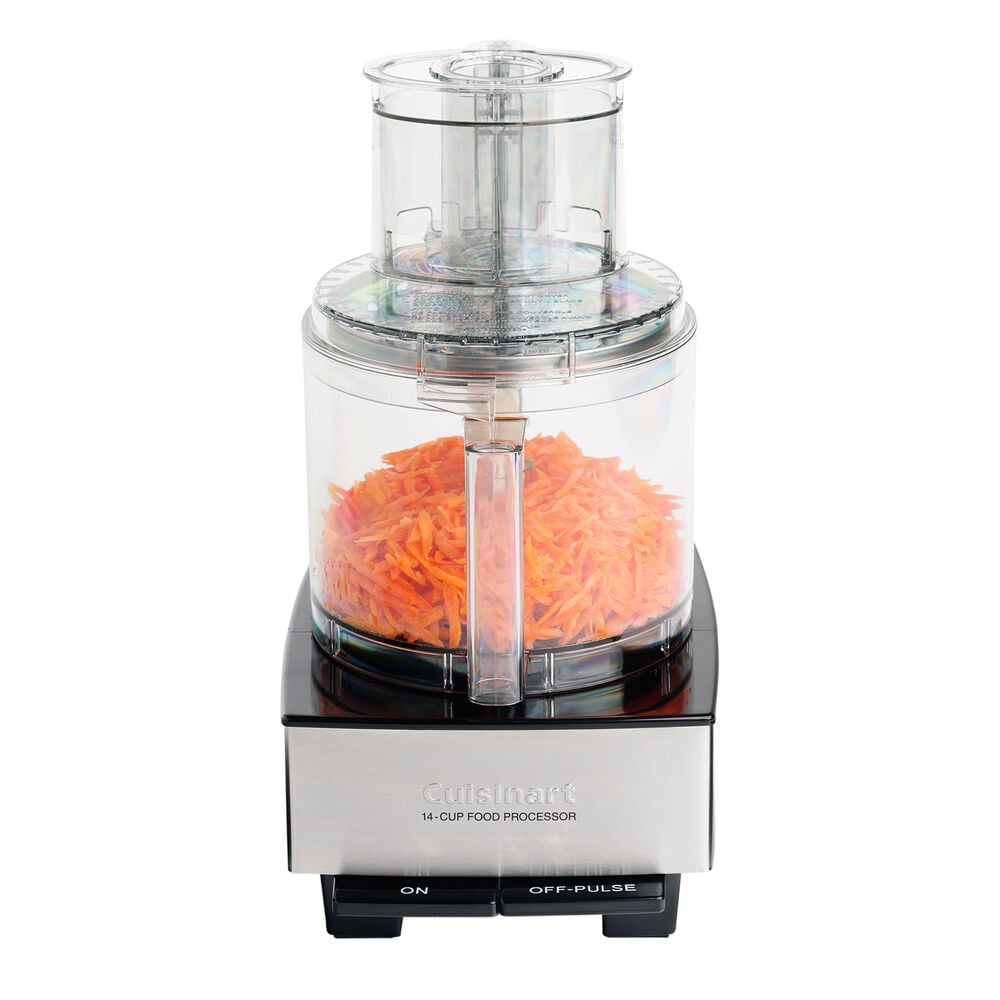Shark Anti Hair Wrap Allergy DuoClean Vacuum Cleaner
Tired of removing hair from your brush-roll? Perfect for carpets and hard floors, Shark’s DuoClean floorhead is now enhanced with Anti Hair Wrap Technology, helping to leave your brush-roll tangle-free. Comfortably clean stairs, under furniture and up high in portable mode with Powered Lift-Away and on-board tools.
Tired of removing hair from your brush-roll? Perfect for carpets and hard floors, Shark’s DuoClean floorhead is now enhanced with Anti Hair Wrap Technology, helping to leave your brush-roll tangle-free. Comfortably clean stairs, under furniture and up high in portable mode with Powered Lift-Away and on-board tools.
Anti Hair Wrap Technology – Tired of hair wrapping around your brush-roll? Anti Hair Wrap actively separates and removes hair with a unique bristle-guard, helping to leave the bristle brush-roll tangle-free. Perfect for long, short and pet hair.
DuoClean Technology – Two brush-rolls in one floorhead. A bristle brush-roll cleans carpets, while a soft front brush draws in large debris, small particles and stuck-on dust from hard floors. Clean all floors without stopping to switch heads.
Powered Lift-Away – Instantly transform into a portable vacuum cleaner. Lift the canister away from the wand to comfortably clean stairs, ceilings and under furniture without heavy lifting. Easily clean high up with extended reach and on-board tools.
Versatile Cleaning – On-board attachments help you clean hard-to-reach places. Extended reach makes it easy to clean curtains, light fittings and high up. Signature LED headlights illuminate hidden dust under furniture.
Vacuum cleaner features:
- Suitable for carpets, hard floors, stairs and upholstery.
- Weight 6.5kg.
- Size H117, W26, D30cm.
- Power boost option for adjustable suction power.
- HEPA filter – traps small particles and pet dander, making it excellent for allergy sufferers.
- Motorised floor head.
- Adjustable floorhead.
- Includes crevice nozzle, upholstery nozzle, dusting brush, combination floor nozzle.
- Length of hose 0.8m.
- Hose stretches up to 1.5m.
- Aluminium extension tubes.
- Capacity of dustbin 0.83 litre.
- Dustbag full indicator.
- 8m power cord.
General information
- Noise level: 80dB.
- Model number: NZ801UK.
- Manufacturer’s 5 year guarantee.
- EAN: 622356231381.
Additional information
| Noise level | 80dB |
|---|---|
| Model number | NZ801UK |
| Guarantee | Manufacturer's 5 year guarantee. |






by Dianne
Easy too use, great for all floor types and stairs.
by Jami
I was so extremely surprised when I ordered this shark hoover for my daughters first home,I have had every top named hoover for myself over the years so I just thought it would be the same okay hoover!!!! Boy was I wrong I couldn’t believe it when my daughter said hey mum try this beauty !!! So yeah I tried and I seriously couldn’t believe it bloody fantastic Shark why I never invested any money in this little diamond before gutted but guess what ? You guess write I have ordered myself one, and 3 members of my family have ordered as well thank you Shark!!! PS don’t bother reading the silly comments over petty things !!! No one are nothing is perfect buy and try I highly recommend you won’t be disappointed!!! Promise
by Mandy
I did not know my carpets were that dirty, suction is excellent, and the lights on the front great feature too.
by Natalie
I bought this cos I have a hairy dog but the dog hair and my hair still wraps round the reel.
by Shaun
Bought this to replace a useless cordless Dyson which barely picked up anything from the floor. Shark was absolutely worth the money, easy to set up and use. Light enough to use on the stairs. Definitely recommend.
by David
Easy to set up, easy to operate and great for separating for the different attachments. Only thing letting it down is the clip on the flexible hose falls out way to easy which is very annoying.
by Rhon
Recommended to me by a friend this has got to be one of my best buys ever. My previous vac , was constantly breaking down and blocked up very easily, and was twice the price of my brilliant new Shark. .Carpet pile comes up looking like new, easy to use , good size, easy empty cylinder .Can’t, fault it in anyway. Thank you Shark.